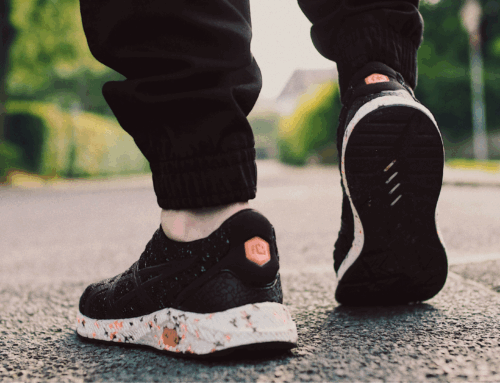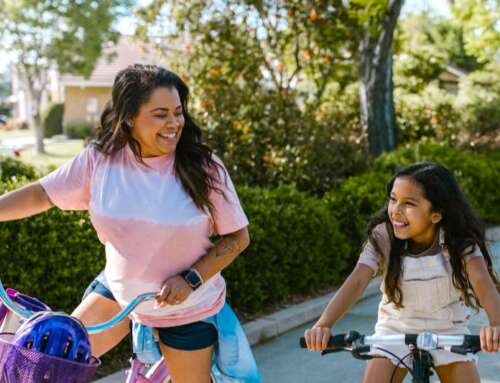As much as teachers do all that they can to make their classrooms a place of comfort and security, for some students the school environment can be a stressful one. For a whole gamut of reasons, at some stage during their time spent at school, most kids experience some kind of school-related anxiety. Whether it be separation anxiety in the early years, anxiety about testing and assessment or social anxiety, the reasons are many but the negative effects often the same. Teaching mindfulness is one way that educators and parents alike can help to build the coping skills kids need when they are faced with challenging situations and environments.
Mindfulness is the practice of paying attention, on purpose, to the present moment (Grossman, 2016). It’s something that came so naturally to us as small children, when we could easily spend time silently mesmerised by a single ant wandering across the ground. Though it’s true that as we get older, as our understanding of the world grows wider and our minds subsequently busier, that time spent in silent wonderment doesn’t happen quite so easily.
Teaching children the conscious skill of mindfulness is an empowering one. The ability to stop, to centre ourselves, to notice what is happening in any given moment goes a long way towards self-regulation and self-awareness. For children who experience anxiety, whether situational or prolonged, having simple and familiar thoughts or actions to call upon during times of stress become important, lifelong skills.
Mindfulness for Children
Mindfulness is a superpower that everyone can have. To activate this superpower we only need two things, our mind and our breath. It is for this reason, and so many more, that teaching mindfulness to children is something that should be on every teacher, parent and carers’ radar.
With that in mind, here are some fun and simple ways to introduce the concept of mindfulness to young children.
Belly Buddies
This simple activity is a way to teach your child about “belly breathing”. Centering our thoughts and emotions through our breath is a wonderful self-regulation skill for everyone to learn.
- Lay down on the floor beside your child and place a small soft toy or any other light-weight object such as a small bean bag or wooden block onto your belly buttons.
- With your child, lay still and watch the toy move up and down as you both breathe in and out.
- Talk with your child about what you notice. About how quickly or slowly the toy moves.
- You can also count as your child breathes in “1, 2, 3” and breathes out “1, 2, 3”.
– Cassie Nguyen
Read more: Teaching Mindfulness and Empowering Children







Leave A Comment